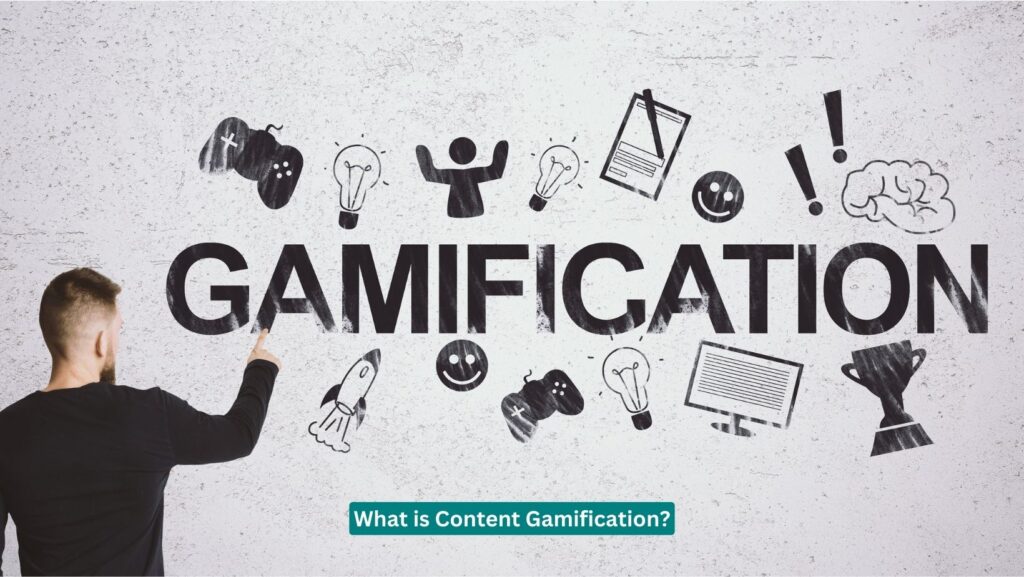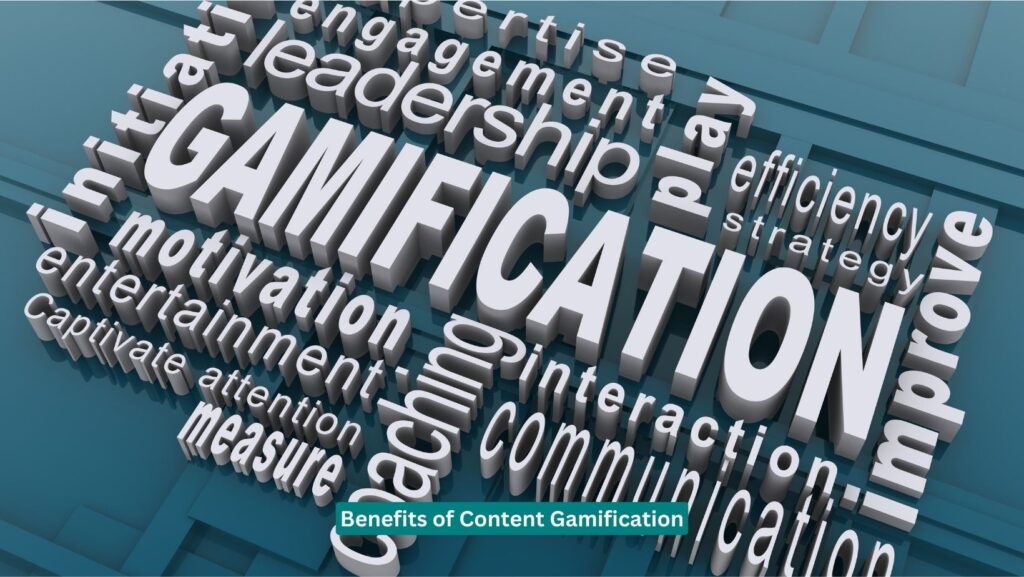In the current digital era, companies are always searching for new and creative methods to draw in and keep clients. Gamification of content is one such tactic that has been gaining traction. Businesses may improve client engagement, increase website traffic, and eventually increase revenue by integrating game-like aspects into their content. However, how precisely can gamification of content increase consumer engagement? Let’s examine it more closely.
What is Content Gamification?

Applying game mechanics and design principles to non-gaming contexts, including marketing content, is known as content gamification. Points, badges, leaderboards, challenges, and awards are a few examples of such components. Businesses can increase consumer engagement and enjoyment by incorporating these competitive and interactive components into their content.
Benefits of Content Gamification

- Enhanced Engagement: Companies may draw in and hold the interest of their target audience for longer by creating more entertaining and interactive content.
- Increased Brand Loyalty: Consumers are more likely to become devoted patrons of a brand when they have a satisfying and joyful experience with its gamified material.
- Data collection: Gamification gives companies the ability to monitor and examine consumer interactions, preferences, and behavior, yielding insightful information for next marketing initiatives.
- Word-of-Mouth Marketing: Customers are more inclined to share entertaining and captivating experiences with their friends and followers on social media, so gamified material has the potential to go viral.
How Does Content Gamification Drive Customer Engagement?

- Interactive Experiences: Offering interactive experiences that motivate consumers to actively connect with the material is one of the main ways that content gamification increases consumer engagement. Quizzes, surveys, competitions, and challenges that demand meaningful user interaction are examples of this.
- prizes and Incentives: Gamification frequently includes prizes and incentives for users who interact with the content. For fulfilling specific tasks or challenges, this can offer virtual badges, points, or even discounts or rewards. Businesses can encourage users to keep interacting with the content by providing them with material incentives.
- rivalry and Social Sharing: Encouraging user rivalry is another potent feature of content gamification. Challenges, rankings, and leaderboards can encourage users to compete with one another, increasing involvement and engagement. Users are also more likely to post about their successes and advancements on social media, which expands the reach and visibility of brands.
- Personalization: Gamified content can also be extremely tailored to each user, giving them a unique experience according to their interactions, preferences, and behavior. Businesses may boost relevancy and promote ongoing engagement by customizing the information for each user.
All things considered, content gamification is an effective tactic for increasing consumer engagement and producing engaging and memorable experiences. Businesses may engage their audience, boost brand loyalty, and eventually boost revenue by adding game-like features to their content. Are you prepared to use gamification to advance your content marketing strategy?



